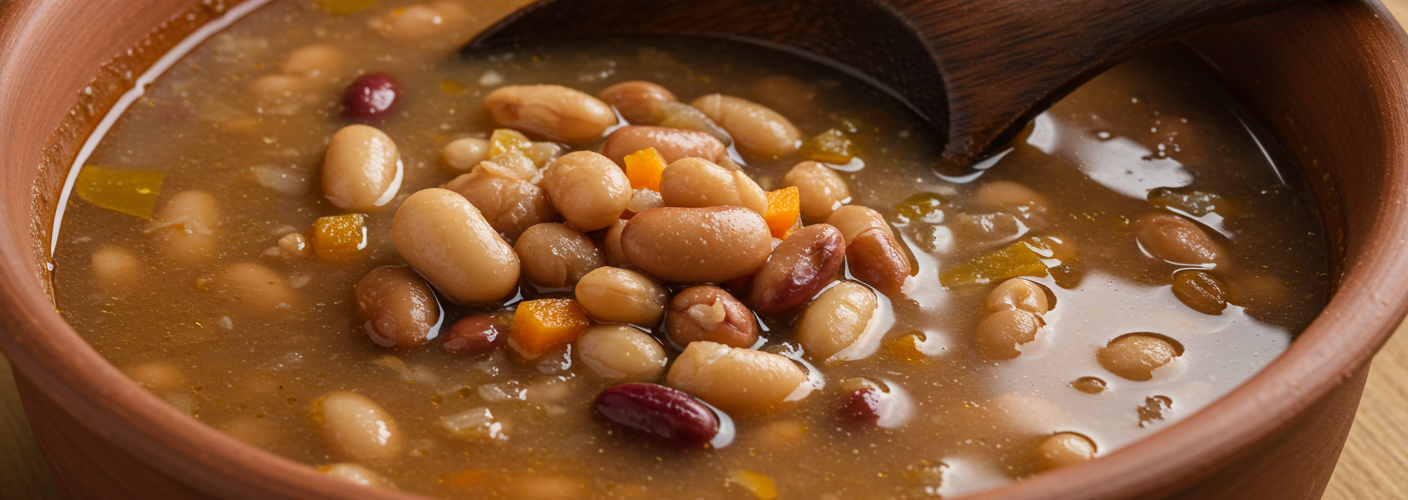When it comes to comfort food, few dishes can match the warmth and heartiness of pasulj, a traditional bean soup that has been a staple in many Eastern European kitchens for generations. Rich in flavor and history, pasulj is not just a meal; it’s a celebration of community, tradition, and home-cooked goodness.
A Brief History
Pasulj holds a special place in the culinary traditions of countries like Serbia, Bosnia, and various regions of Croatia. Its recipes have evolved over time, influenced by local ingredients and cultural practices. Bean soup is often associated with simplicity and frugality, originally prepared by farmers and laborers who needed a nourishing meal that could sustain them through long days of work. Today, it transcends class and occasion, gracing both everyday tables and festive gatherings.
The Ingredients
At its core, pasulj is made with beans, traditionally white or tarbais beans, due to their creamy texture and ability to absorb flavors. The choice of beans can vary depending on local preferences and availability. Other fundamental ingredients include onions, carrots, and garlic, all sautéed to create a fragrant base. Seasonings typically involve smoked meats, like sausages or bacon, which add depth and richness to the soup.
One of the unique aspects of pasulj is its adaptability. While the traditional recipe remains popular, many households customize their version by adding ingredients like bell peppers, celery, or even tomatoes. This versatility allows home cooks to put their personal touch on the dish, making it a beloved family heirloom passed down through the generations.
The Cooking Process
The preparation of pasulj usually begins with soaking the beans overnight, which helps to soften them and reduce cooking time. The next day, the beans are simmered until tender—this can take up to two hours. Once the beans are cooked, the sautéed vegetables and meats are added, along with seasonings such as paprika, bay leaves, and black pepper to enhance the flavor profile.
Cooking pasulj is a slow process, and that’s part of its charm. The soup benefits from a long simmer, allowing the flavors to meld beautifully. It’s often left on the stove for a few hours, and many cooks believe it tastes even better the next day after the ingredients have had even more time to develop their harmonious taste.
Serving Pasulj
Pasulj is best served hot, often accompanied by a piece of crusty bread or cornbread for dipping. In some regions, a dollop of sour cream and fresh herbs like parsley or dill are added just before serving to elevate the flavors further. The result is a satisfying meal that nourishes the body and soul.
Conclusion
Pasulj is more than just a soup; it’s a symbol of warmth, tradition, and togetherness. With its hearty ingredients and comforting warmth, a bowl of pasulj can make any day brighter. Whether shared among family on a chilly evening or served at a festive gathering, this timeless dish continues to bring people together, reminding us of the exquisite simplicity of good food made with love.




Add comment